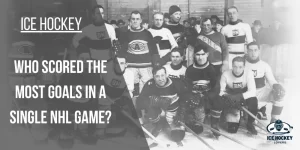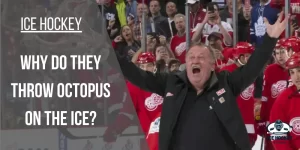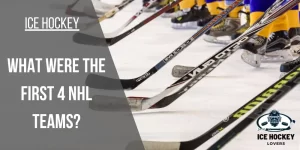Tripping In Hockey: A Comprehensive Overview and Analysis!
Discover the insider secrets to excel in the exhilarating world of hockey with Tripping In Hockey. This comprehensive guide is your go-to resource for mastering the art of smooth, efficient gameplay.
Get ready to dominate the rink and leave your opponents in awe as you navigate the thrilling world of hockey like a seasoned pro. Let’s dive into the exciting realm of Tripping In Hockey!
Table of Contents
What is a Tripping Penalty in Hockey?
In ice hockey, a tripping penalty is when a player intentionally or unintentionally trips an opposing player with their stick, body, or arm. This can happen anywhere on the ice and does not always need to happen during a scoring chance. A tripping penalty results in a two-minute minor penalty for the offending player. The opposing team will then have a power play for two minutes.
Types of Tripping Penalties
Different types of tripping penalties can be called by the referees, each with its own implications. Let’s explore some of the most common types:
1. Stick Tripping
Stick tripping is the most prevalent form of tripping penalty in hockey. It occurs when a player intentionally or accidentally uses their stick to impede the progress of an opponent by tripping them. The stick can be placed between the legs or used to sweep the feet out from under the opposing player.
2. Body Tripping
Body tripping refers to using one’s body to obstruct or trip an opponent, resulting in their loss of balance. This can include extending a leg or using a hip check to impede the player’s progress, causing them to fall.
3. Other Tripping Infractions
Other tripping infractions can be called in specific situations besides stick and body tripping. These may include using equipment, such as the goaltender’s stick, to trip an opponent or intentionally creating an obstacle that leads to an opponent tripping.
Tips for Avoiding Tripping Penalties
Here are some tips for avoiding tripping penalties:
- Be aware of your surroundings and the position of your opponents.
- Don’t reach out with your stick or body to stop an opponent.
- Use your body to block an opponent’s path, but don’t check them from behind.
- Be aware of the rules and what constitutes a tripping penalty.
Following these tips can help avoid tripping penalties and keep the game safe and fair.
Conclusion
In conclusion, a comprehensive understanding of tripping penalties is crucial for players, coaches, and game fans. This guide has provided an in-depth look at hockey’s various types of tripping penalties, their consequences, and tips to avoid such infractions.

Who is Austin Taylor?
Meet Austin Taylor, your go-to source for everything ice hockey! With a passion for the sport that’s as deep as the ice itself, Austin Taylor brings you concise, expert insights and nitty-gritty details on all things hockey. From gear reviews to strategy breakdowns, Austin Taylor is your trusted guide to navigating the exhilarating world of ice hockey. Get ready to lace up your skates and dive into the game with Austin Taylor as your ultimate companion.





